Beans Delayed Start of Salem Schools in 1953
Beans? Yes. Beans. The hot topic at the Salem School Board meetings in July of 1953 centered around the humble snap bean. A wet spring[1] and unseasonably cold night temperatures during the summer[2] were slowing the growth of bean vines. The good news for growers and packers were that the beans were growing, just 3 weeks later than anticipated. All estimates were that the peak harvest and packing time would extend past the start of the new school year. With high schoolers making up 25-35 percent of the food processors’ labor force,[3] and many growers depending on grade-school aged children to help pick,[4] a crisis was looming. Faced with an imminent labor shortage, anxious packers petitioned the school board at their July 15th meeting to delay the start of school by one week. The issue was tabled until the next meeting.[5]
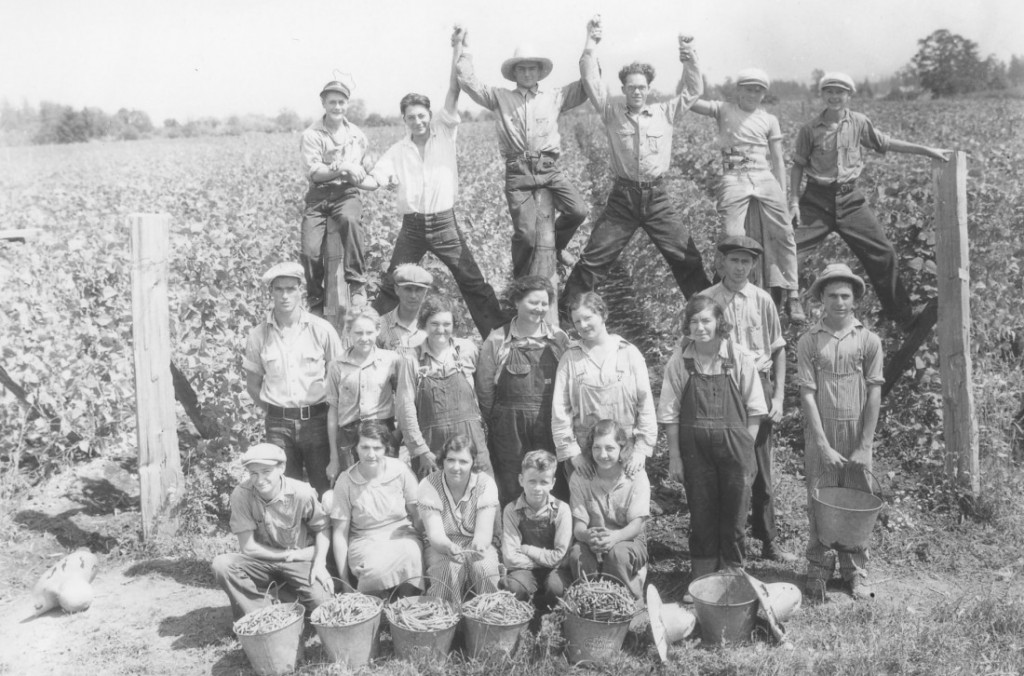
Bean pickers c. 1930s. WHC 2012.049.0068
Beans an Economic Force
It may seem a bit incredible now, but beans and their processing were a big economic deal for the region. George Paulus of Paulus Brothers Cannery, in testimony before the school board, estimated that “a million and half dollar loss” would result if school was not delayed.[6] After hearing the petition of the cannerymen, the superintendent stated that the delay could only be considered if the school board was “convinced that the economy of the district would be seriously affected by the lack of children to harvest and process the bean crop.”[7]
Consequences of the Delay
Delaying the school start time was not without its consequences. Teacher contracts would have to be altered.[8] State school funds were apportioned based on number of days of instruction. The board estimated that delaying the start of school could cost the district as much as $9,000.[9] In order to minimize the economic impact, the school board considered several alternative plans to make up school days. Extending the school year in the spring was balked at because holding kids later in June might affect the strawberry harvest. Ultimately, the district decided to shorten the length of spring break from 5 days to 2 days. The decision was a difficult one, and opponents argued that shortening spring break was bad for kids’ health and would conflict with things regularly scheduled during this time like the state basketball tournament and teacher meetings.[10]
Compromise and Community
In the end the economic realities of the situation became the deciding factor. “It appeared to the Board from discussion with the canneries and with others in the community,” the minutes recorded, “that the failure of the Board to delay the opening of school by one week would cause a loss of as much as $1,000,000.00 to the growers, canners and workers and that a possible loss of $9,000.00 in district funds would be a small investment to prevent the loss of a much greater sum.”[11]
It wasn’t just about the economic impacts for the canneries, but for the community as a whole. School Board Member Gus Moore argued that “family participation in harvest and cannery work is a unique Salem custom and opening of school means that many mothers as well as children must leave this temporary employment.”[12]
Children take to the Fields
On September 14, 1953, the originally scheduled first day of school, 34 school aged workers left from the employment offices of the Farm Labor Council for the bean fields. The number is small, the paper reported, because most of the workers went with their families.[13] By the end of the day, 5000 people, students, had picked 500 tons of beans and delivered them to Salem processing plants.[14] The headline in the next day’s paper? “Delay in the School Opening Saved the Bean Industry.”[15] The industry was grateful. Local packing plants (Cal-Pack, Blue Lake Packers, Birds Eye Division of General Foods, Stayton Canning Company, United Growers,, Inc. Paulus Bros. Packing Company and Pictsweet), took out huge advertisements in both the Salem-area papers thanking the citizens of Salem for assisting them in their time of need.[16]
Not everything was saved. Blue Lake Packers out of West Salem reported that there still wasn’t enough labor to get the end of the season beans harvested and tons (literally) of beans were left on the vine. It was enough, however, to get most of the crop in. One canneryman was reported to say: “But we aren’t’ kicking…the youngsters have to go to school.”[17]
Charles Sprague (former governor and editor of the Oregon Statesman) may have summed it up best: “From what I have been able to learn I think it is true that the postponement of school opening has been of substantial economic help in this community. I wasn’t in favor of it at the time it was proposed; but we have to live together in this community and a two-million-dollar bean crop isn’t something to be ignored. The outlook for this segment of local agriculture and industry was very bleak for a while. It is far brighter now, and whatever sacrifice the school people have made can be considered worthwhile—an investment in community goodwill as well as in economic gain. On one point there is unanimity, and that is in the hope that the weatherman will not dish out as unseasonable weather as he did through June this year. Then we’ll have no recurrence of this harvest jam.”[18]
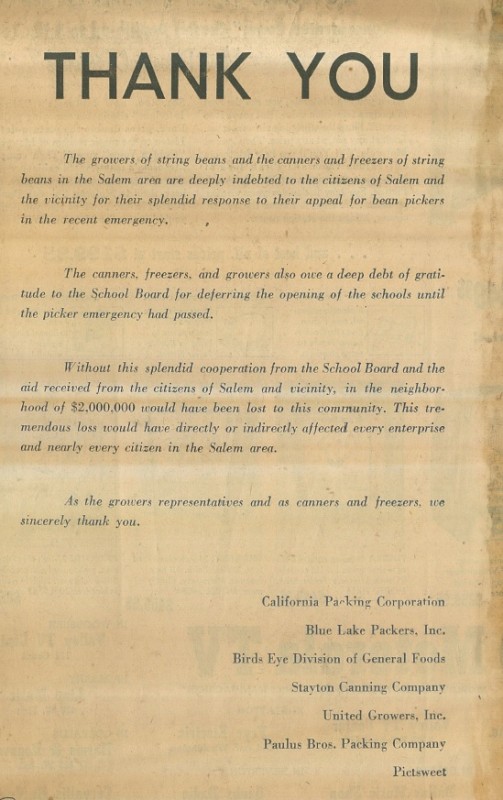
Advertisement taken out in the Oregon Statesman newspaper on 17 September 1953, page 8 by packers and growers of beans thanking everyone for help in the crisis.
Citations
[1] “School Opening Depends on Growth of Bean Crop.” Capital Journal. 15 July 1953.
[2]“School Board to Decide Opening Date for Fall.” Capital Journal 28 July 1953.
[3] “School Opening Depends on Growth of Bean Crop.” Capital Journal. 15 July 1953. Meaning canneries and freezing plants.
[4] “School Board to Decide Opening Date for Fall.” Capital Journal 28 July 1953.
[5] Salem School Board Minutes Regular Meeting Tuesday, July 14, 1953
Page 1900. Willamette Heritage Center Collections. Salem-Keizer Public School Records. 2002.020.0125 Folder 7.2
[6] Prange, Conrad. “School Opening Delayed.” Oregon Statesman. 29 July 1953.
[7] Salem School Board Minutes Regular Meeting Tuesday, July 28, 1953
page 1904. Willamette Heritage Center Collections. Salem-Keizer Public School Records. 2002.020.0125 Folder 7.2
[8] Gangware, Robert E. “Will School Be Delayed to Help with Harvest?” Oregon Statesman. 15 July 1953. Section 2 page 4.
[9] Salem School Board Minutes Regular Meeting Tuesday, July 28, 1953
page 1904. Willamette Heritage Center Collections. Salem-Keizer Public School Records. 2002.020.0125 Folder 7.2
[10] Gangware, Robert E. “Will School Be Delayed to Help with Harvest?” Oregon Statesman. 15 July 1953. Section 2 page 4; “School Opening Depends on Growth of Bean Crop.” Capital Journal. 15 July 1953;
[11] [11] Salem School Board Minutes Regular Meeting Tuesday, July 28, 1953
page 1904. Willamette Heritage Center Collections. Salem-Keizer Public School Records. 2002.020.0125 Folder 7.2
[12] Gangware, Robert E. “Will School Be Delayed to Help with Harvest?” Oregon Statesman. 15 July 1953. Section 2 page 4.
[13] “School Delay sees youths Bean Picking” Oregon Statesman 15 Sept 1953, page 5.
[14] “Delay in the School Opening Saved the Bean Industry.” Capital Journal 16 Sept 1953.
[15] “Delay in the School Opening Saved the Bean Industry.” Capital Journal 16 Sept 1953.
[16] See advertisementsCJ 16 Sept 1953 pg 24 Advert
SJ 17 Sept 1953 pg 8 advert from binder
[17] “Packers Pass Peaks Before Schools Open”
[18] Sprague, Charles A. “It Seems to Me” Oregon Statesman 17 Sept 1953, page 1.



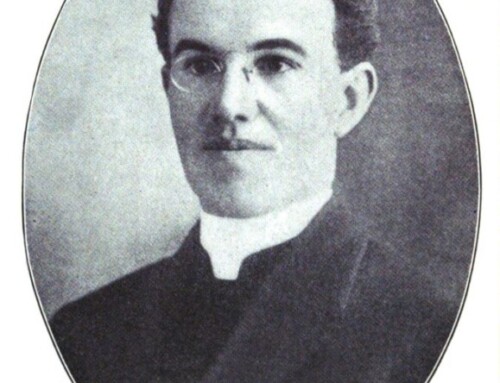
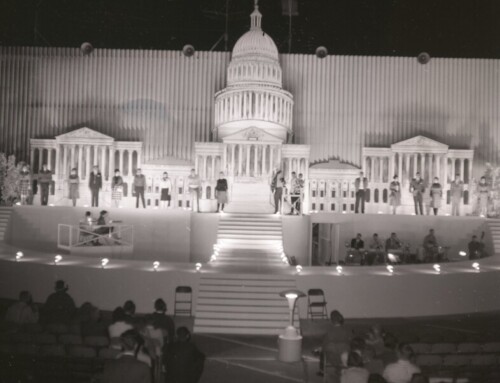
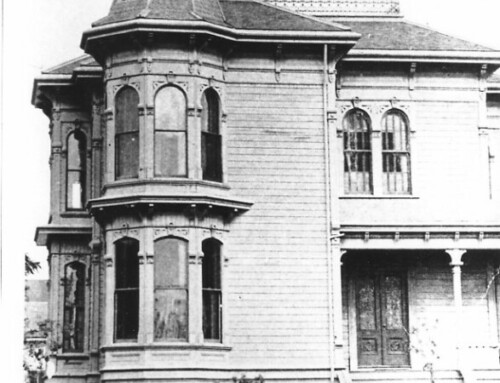
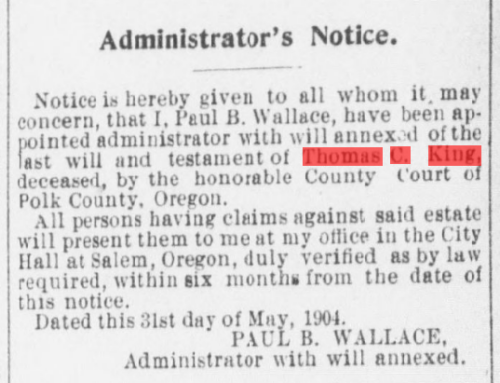
Leave A Comment